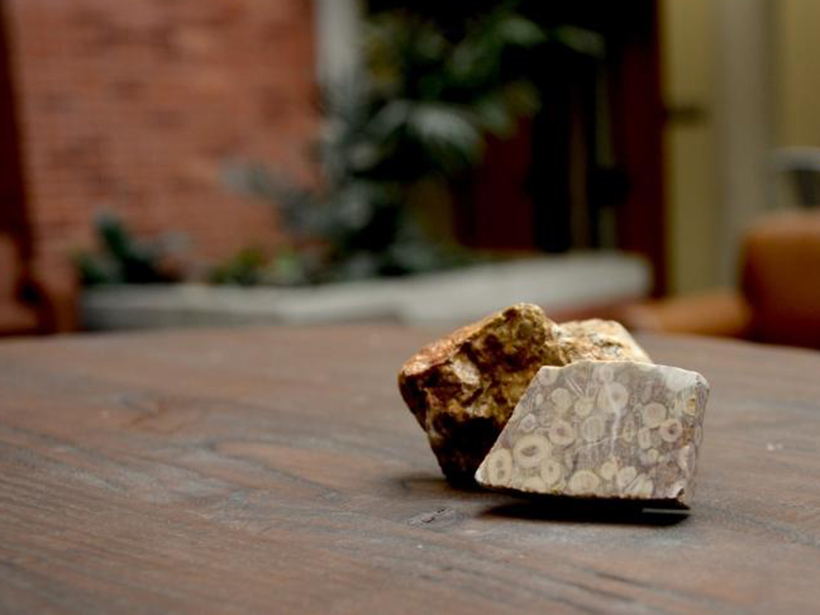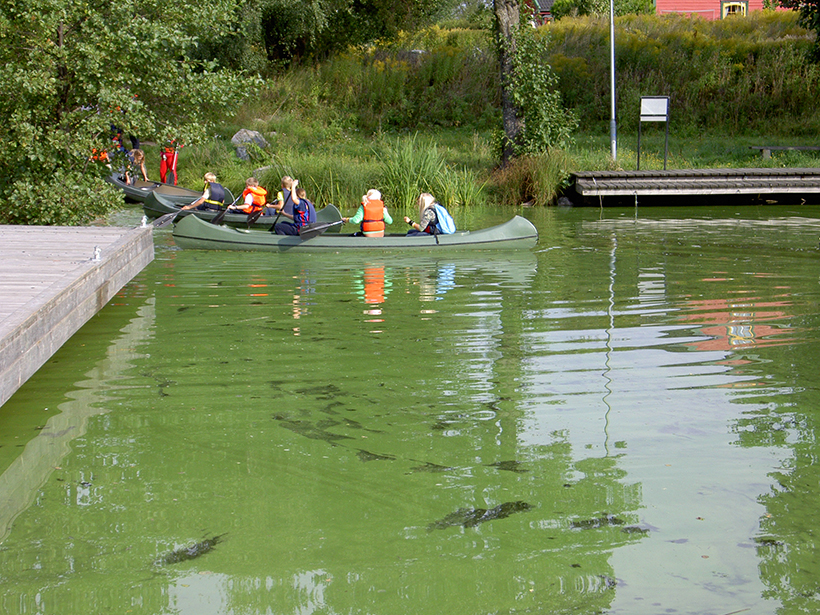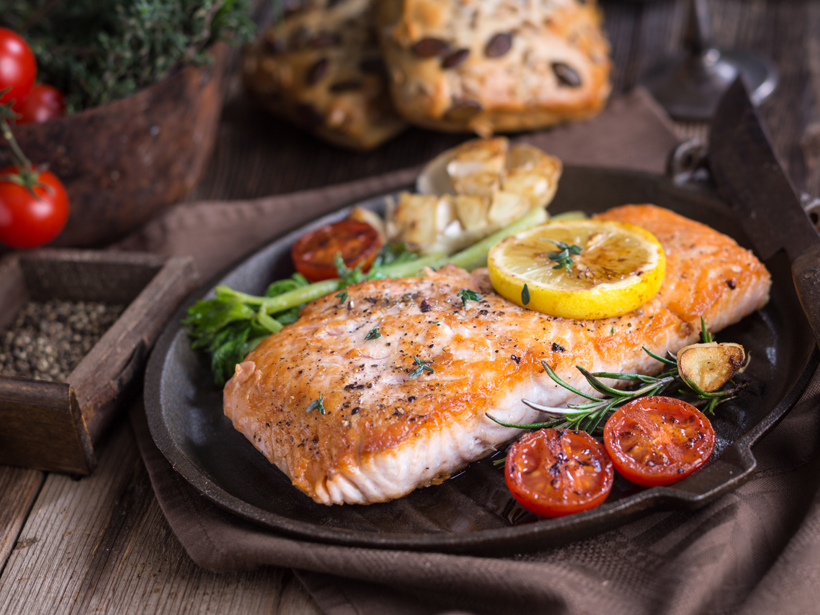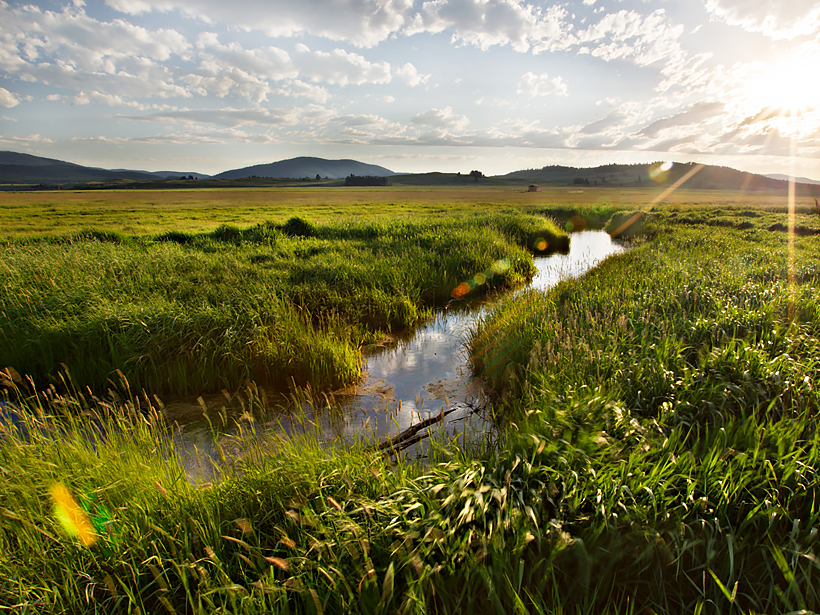Eight hundred meters below the West Antarctic Ice Sheet, microbes in subglacial Lake Whillans create organic carbon that helps power the Southern Ocean’s vast food chain.
nutrients
Mapping Nutrient Inputs in the Great Lakes Basin
A new tool links nitrogen and phosphorus applications to land use classifications to better understand where and how much of the nutrients enter watersheds in the U.S. Great Lakes Basin.
Could Wildfire Ash Feed the Ocean’s Tiniest Life-Forms?
Ash falling on the ocean after a wildfire could fuel plankton growth.
Dust in the Atmosphere May Have Fertilized the Ancient Ocean
New research investigates dust’s role in primary production during the Carboniferous and Permian periods.
Stored Nutrients and Climate Warming Will Feed More Algal Blooms
High nutrient concentrations cause water quality problems in lakes, and as the climate warms, these issues will only get worse. A new model assesses future scenarios and explores solutions.
Climate Change Is Coming for Our Fish Dinners
Your fish fillet may have less omega-3 fatty acids, an important nutrient for brain health, by the end of the century.
Solving the Global Nitrogen Imbalance
Excess nitrogen causes serious environmental problems, but too little can lead to food insecurity and unrest. A team of researchers proposes a five-pronged solution to our planet’s nitrogen woes.
How Land Use Affects Nutrient Pollution in a Changing Climate
As heavy rain falls more frequently, the land alongside a river has a greater effect on the waterway’s nutrient levels—for better or worse.
The Kuroshio Current: Artery of Life
The waters of the Kuroshio Current in the northwestern Pacific Ocean transport heat, salt, and organic and inorganic matter from south to north, shaping the ocean ecosystem.
Satellite Data Reveal Growth and Decline of Sargassum
High nutrient levels in 2018 resulted in a nearly 9,000-kilometer belt of Sargassum, a seaweed critical to many marine animals but also a nuisance when it washes up on shorelines, new results reveal.










